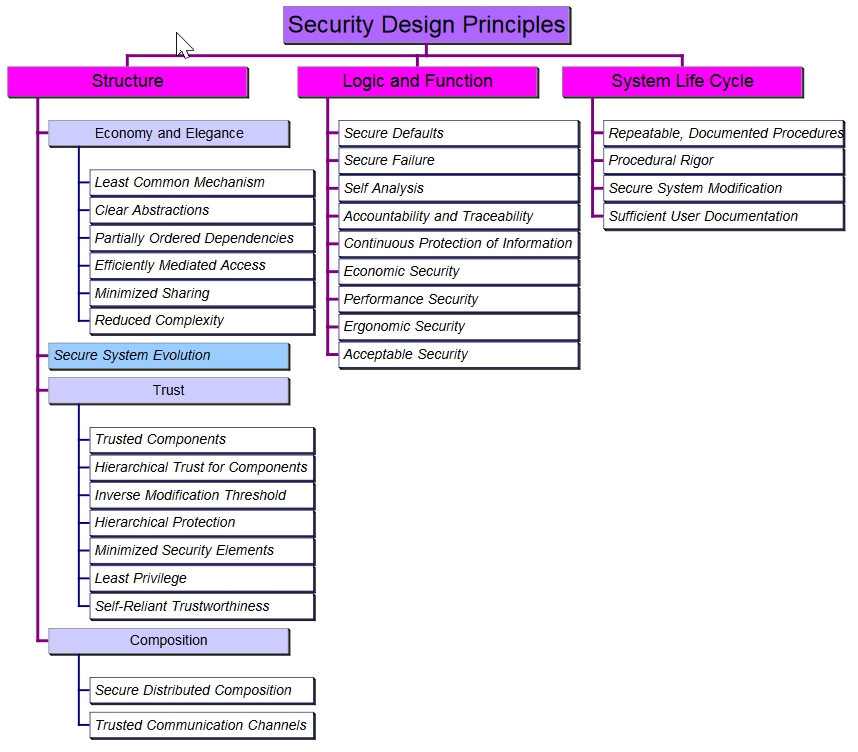

Levels of Identity Security
There are 4 recognized security levels that can be implemented in identification documents.
It sounds simple. And it is.
Level 1 Security
First level (overt) relates to security features that can be easily checked by the public without special aids.
Level 2 Security
Second level (covert) relates to security features that can be checked with simple aids, such as magnifiers and UV-lamps.
Level 3 Security
Third level (forensic) security features are for qualified forensic laboratories with and other complex laboratory equipment.
Level 4 Security
Fourth security level is secret and includes safety measures known only to a narrow range of experts in many cases the manufacturer only.
Level 1 document security features: your front door key
The main principle of these security features is that
fraud will preferably be detected at the level 1- with the naked eye –
and with close attention paid to alteration of personal information.
Watch some of our features on level 1 and Level 2 in our video.
The document is also protected against counterfeiting following the same principle.
Gemalto is highly experienced in security design and will propose, in accordance with customer requirements, a solution that delivers maximum protection against forgery, counterfeiting and unlawful personalization.
The documents will also be manufactured with the use of
directly applicable techniques that are highly effective in this
respect.
3 groups of security features
There are three groups of security features that can be implemented:
1. Security Features that are difficult to copy
- Security printing
- Optically variable features
- Non-printed security – elements such as holograms and surface structures
2. Security Features that are difficult to produce
- Security printing
- Optical effects
- Surface structures
3. Technologies/materials that are difficult to come by
- Certain printing technologies
- Security paper
- Special holograms
- Special high-security inks
Digital security: the 5th dimension
Digital security is the 5th level we did not mention earlier. It’s a dimension unseen by the naked eye but real.
Think about this for a moment.
Electronic identity documents such as national ID cards or
ePassports equipped with a microprocessor and secure applications offer
an additional dimension of security to the physical features.
Why?
Because secured digital data is virtually impossible to alter and allows reliable automated verification and easy machine readability.

The micro-controller included in the passport for example represents a highly secure feature in itself.
The best part?
In
the case that a counterfeiter successfully manages to change the
portrait and citizen information on the data page, the data in the chip
cannot be accessed and altered.
Any tampering attempt can be detected since the altered
data will not compute correctly, as it has not been signed and
authorized by the Issuing Authority.
If fingerprints are stored in the chip, a simple biometric
matching can be done in order to verify the document to the person
presenting it.
Smart security features
- Use of the latest cryptography to secure the data
- In-house developed end-to-end applications
- Biometric data for secure identification
- Highest level of privacy and security
- Confidential communication by contact or contactless, or both (dual interface)
Secure application features
- Secure data storage, identification, authentication and digital signature
- Protection by PIN or biometric authentication
- Multi-usage of electronic cards for identification, travel, payment and much more
- Automated verification
- Yes, you’ve got it.
Security features and the microprocessor in the card or
passport can create a powerful combination to authenticate the document
and the holder’s data.
Where do we fit?
Gemalto has a background of secure government printing dating back to 1886 with the acquisition of Setec, formerly Finland’s National Printing House in 2005.

Level 2 security feature: UV ink – here the edge of a passport under ultraviolet light.
Printing expertise includes banknotes, stamps and identity documents with a long track-record in innovation.
Gemalto has five certified security printing sites worldwide (ISO 14298
INTERGRAF).
As a result, the company can offer clients unrivaled
business continuity and global supply chain
integrity for the production of a wide range of innovative documents
including ePassports and eID cards.
Typically, Gemalto works
together with its client’s security features experts in order to make
the best possible selection of features to match the client’s needs.
The goal is that the product and its authenticity can be indisputably trusted.
This
is achieved by using technologies that make documents impossible to
copy, using several different technologies, using each technology at the
highest achievable quality and level, and using rare means and
materials with limited availability.
In other words, Gemalto uses technologies and materials that are difficult to copy, difficult to use, and difficult to come by.
More resources can be found with our web dossiers:
- How to design a passport in 2018?
- Security printing: Why paper still matters
- Identity fraud protection: Transparent elements for secure ID design
- How to outsmart fraudsters on passport data page hinge – More tips on secure passport design